Over a decade after Elvis Presley’s death, the king of rock & roll took over headlines once again as Americans weighed in on which portrait of Elvis would be forever immortalized on a 29 cent US postage stamp. It was put to a popular vote: should the stamp feature an image of young Elvis at the start of his rise, or an older Elvis in his iconic white jumpsuit.
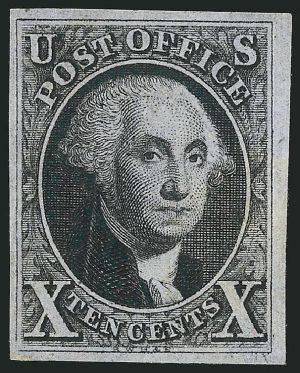 When you mail a letter, you have a lot of options for stamps. You can go the traditional route, and use an American flag. Or you can choose a stamp that fits your personality. The U.S. issued its first national stamps in 1847—one with George Washington and one with the first U.S. postmaster, Benjamin Franklin. In the decades that followed, the U.S. issued more and more varieties of stamps. Stamps marked anniversaries, celebrated big events, and honored historical figures. For much of their history, stamp designs were traditional, institutional, and patriotic. Because no matter what’s on a stamp, it is still an official document issued by the United States Government.
When you mail a letter, you have a lot of options for stamps. You can go the traditional route, and use an American flag. Or you can choose a stamp that fits your personality. The U.S. issued its first national stamps in 1847—one with George Washington and one with the first U.S. postmaster, Benjamin Franklin. In the decades that followed, the U.S. issued more and more varieties of stamps. Stamps marked anniversaries, celebrated big events, and honored historical figures. For much of their history, stamp designs were traditional, institutional, and patriotic. Because no matter what’s on a stamp, it is still an official document issued by the United States Government.
 Because of the way stamps work, as payment for a service not yet delivered, every stamp in a collector’s album and not on an envelope, represents money the post office gets to hold on to. A new stamp has the potential to make money, keep collectors happy, or even encourage new hobbyists to start a collection…and the postal service wants this! But the USPS also has a fine line to walk. Keep their stamps traditional enough to befit a government document. And also keep the crowds of collectors happy with new stamps that generate money.
Because of the way stamps work, as payment for a service not yet delivered, every stamp in a collector’s album and not on an envelope, represents money the post office gets to hold on to. A new stamp has the potential to make money, keep collectors happy, or even encourage new hobbyists to start a collection…and the postal service wants this! But the USPS also has a fine line to walk. Keep their stamps traditional enough to befit a government document. And also keep the crowds of collectors happy with new stamps that generate money.
Anthony Frank took office as Postmaster General in 1988, the year after Elvis became legally eligible to appear on a stamp. Almost immediately, he acknowledged the campaign for the Elvis stamp, and even encouraged the idea. Frank’s endorsement energized fans. But it also challenged the long-standing cautiousness the post office had around stamps. Until this point the USPS had tread carefully, putting out commemorative stamps interesting enough to attract some new collectors, while still sticking with their traditionally conservative look.
If the USPS did put Elvis’ face on a stamp, it would represent a fundamental change in what stamps looked like and who was allowed to be on them. Because Elvis Presley wasn’t a war hero or a respected composer. He was a rock-star, with a rock-star lifestyle — though he also changed a lot over his short life and career, leading to a big question: should a younger or older version be commemorated?
Even though Old Elvis was a target for jokes, and was past his prime hit-making years, his look was iconic. It’s the image so many Elvis impersonators tried to copy. Even a decade after his death, this Elvis with the sequins and the hair seemed to be everywhere. To fans, the Las Vegas residency, the tours, it all showed stamina and devotion to the people who loved him. The press might have dubbed this design Old Elvis, but he was only 42 when he died. And there was something poignant to the image of him in his last years…a flawed hero.
The postal service was already taking a risk in issuing an Elvis stamp to begin with and to choose one image over another would be even more controversy to take on. Rather than make a decision, they decided to make a splash. The first rock and roll stamp would be a populist choice. And the populace overwhelmingly picked Young Elvis.
The Post Office went on to sell over a half a billion Elvis stamps. It outsold every single commemorative stamp before and since. And with many of those stamps heading toward collectors’ albums, that was a lot of profits for the Postal Service.
Soon, the Post Office launched the Legends of American Music series, with stamps for Otis Redding, Buddy Holly, Bill Haley, Dinah Washington, and of course, Elvis. The series went on to include over seventy artists and opened the doors to a whole new wave of Black musicians on US stamps. Since the Elvis stamp came out, a lot of concerns about “propriety” have gone out the window. Famously anti-drug artists like Jimi Hendrix and Janis Joplin got stamps with little to no blowback. So have movie stars, athletes and even cartoon characters. Stamps were never the same again. America might not have been ready in 1992, but today it’s probably to say that an Old Elvis stamp would be an easy sell for the Post Office… jumpsuit and all.
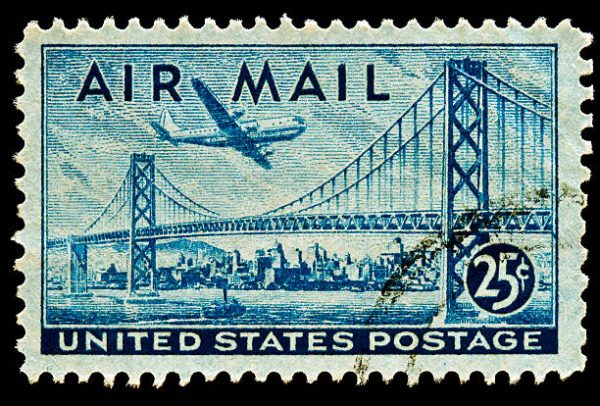
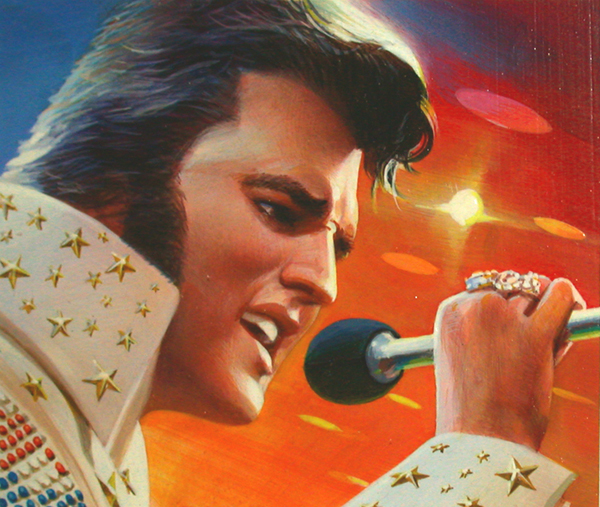
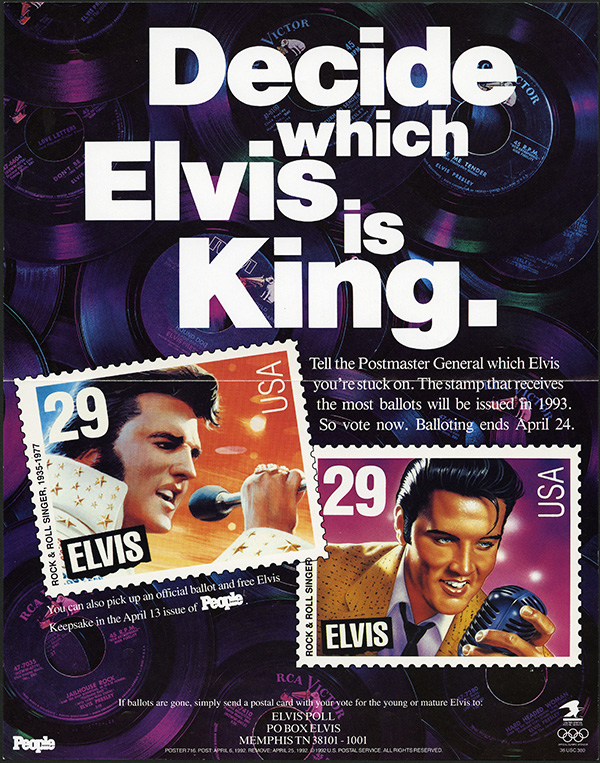
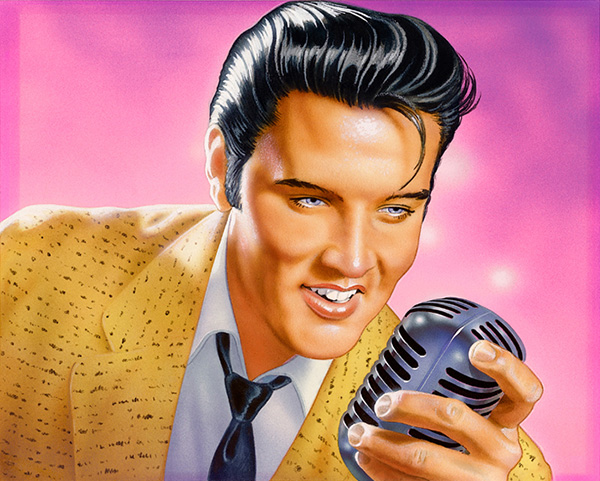



Leave a Comment
Share